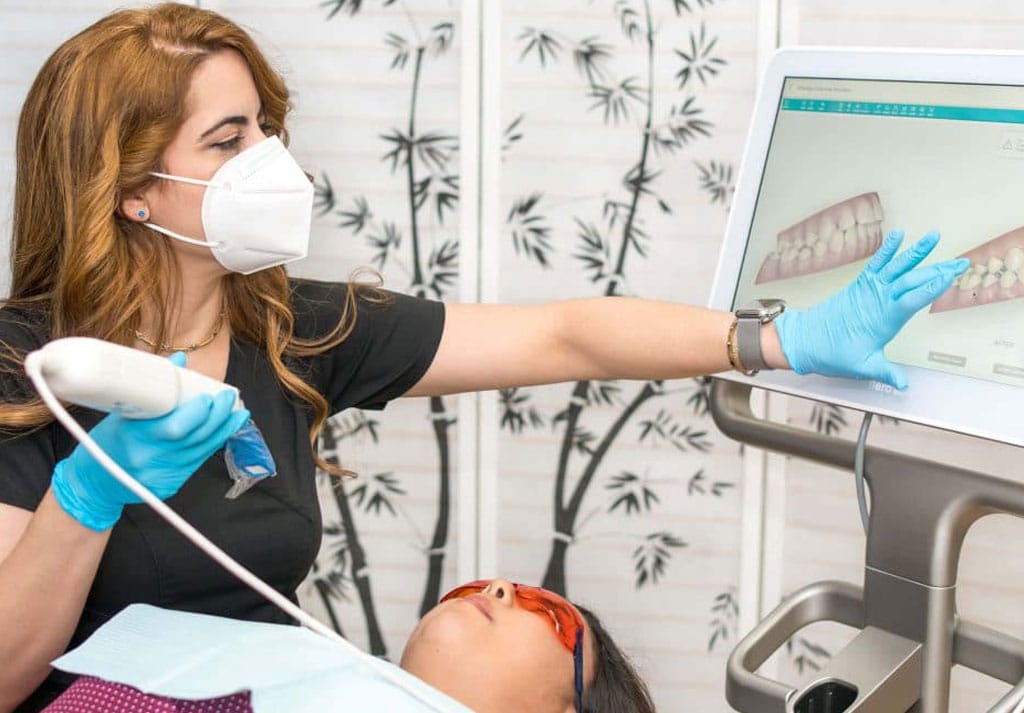
Digital Accessibility in Healthcare
Digital accessibility in healthcare refers to making the information and communication technology (ICT), including websites, health-related apps, and health-related documents easily usable by people with disabilities. This means that health-related ICT products and services should be designed in such a way that eliminates factors that may act as barriers to access while also improving the user experience of the products and services provided.
Given that approximately 15% of the world’s population has some form of disability, healthcare digital accessibility is critical. There is a plethora of research that shows how people with disabilities around the world are less likely to receive preventive medical services and receive inadequate medical care due to accessibility barriers. This has largely been attributed to their inability to use the available digital services that have enhanced convenience in access to healthcare. This is absolutely unacceptable given that access to basic health is a fundamental human right… it is also against the law.
For healthcare providers, ADA accessibility healthcare implies that having inaccessible digital products and services may result in a host of problems, including lawsuits from legal firms and advocacy groups for people with disabilities. You could also lose a lot of money as a result of ADA violations or lose government funding. If you are named in ADA accessibility lawsuits, your reputation and that of your healthcare practice will suffer, resulting in decreased patient flows and income.
Digital Accessibility Features in Healthcare
COVID-19 sparked an increase in virtual care and digital health. There has also been an increase in consumer and provider willingness to use telehealth services. Telehealth and telemedicine offer a unique bridge to care as well as the opportunity to reinvent virtual and hybrid virtual and in-person care models with the goal of improving healthcare access, outcomes, and affordability.
Websites are increasingly offering a diverse selection of digital health products and services. With approximately three out of every twenty people worldwide having a disability, it can be extremely negligent to operate a website that violates the Web Content Accessibility Guidelines (WCAG) or a Health app that does not provide equal access to your healthcare products and services to both people with and without disabilities. That would be blatantly discriminatory and a violation of Title III of the ADA, which prohibits disability discrimination in places of public accommodation, such as a doctor’s office.
Here are some best practices if you want to transform your website so that you can provide ADA accessibility healthcare:
1. Adhering to the laws and regulations: When designing and populating your website, follow the laws as well as the regulations of the federal government. Do not be like some healthcare providers who frequently disregard even the most basic rules, such as adhering to standards such as the Affordable Care Act and the Americans with Disabilities Act. Make sure your website takes into account people with disabilities, even if you mistakenly believe they aren’t using it.
2. Letting people with disabilities be on your mind: Consider people with disabilities from the beginning to the end of your website development. Think about what might be a barrier to their accessing your website. Use large fonts, including the option for users to zoom in on the text to make it bigger, with the text and any other functionality not being distorted as a result, use speech recognition, including night and day display modes, and be aware of the effect of color on different users. Also, make sure that all of the links are visible and that navigating the website is an easy experience.
3. Assimilating assistive technology: Assistive technology helps people with disabilities with tasks like typing and screen reading. Enabling the use of assistive technology on your website can help people with disabilities book healthcare appointments, access tests, and learn more about the healthcare products and services offered by your facility.
4. Offering multiple content formats: It’s a trendy best practice to make sure your website has content in multiple formats that can be accessed in a variety of ways. This means that images and videos should have alternative texts, texts should have images, videos should have transcripts and closed captions, and audio descriptions for all video files should be created.
5. Involving accessibility experts and people with disabilities in the testing of your website: Assuming that you know how accessible the content of your website is without consulting accessibility experts and actual website users, including people with disabilities, is a big mistake. Involve accessibility experts and people with various types of disabilities in manual and functional testing of your website and provide feedback on any issues they encounter
For trusted support with best practices in ADA accessibility healthcare, trust professionals like ADA Compliance Pros, who have many years of experience in supporting organizations and businesses to achieve accessibility.
recent post
What Is Cosmetic Dental Treatment?
June 8, 2023
What Are The Types Of Office Desks?
May 25, 2023
How Invisalign Performs?
May 25, 2023
What is the cause of the underbite?
May 10, 2023
subscribe

NEWSLETTER
Sign up for our Newsletter and stay informed
















